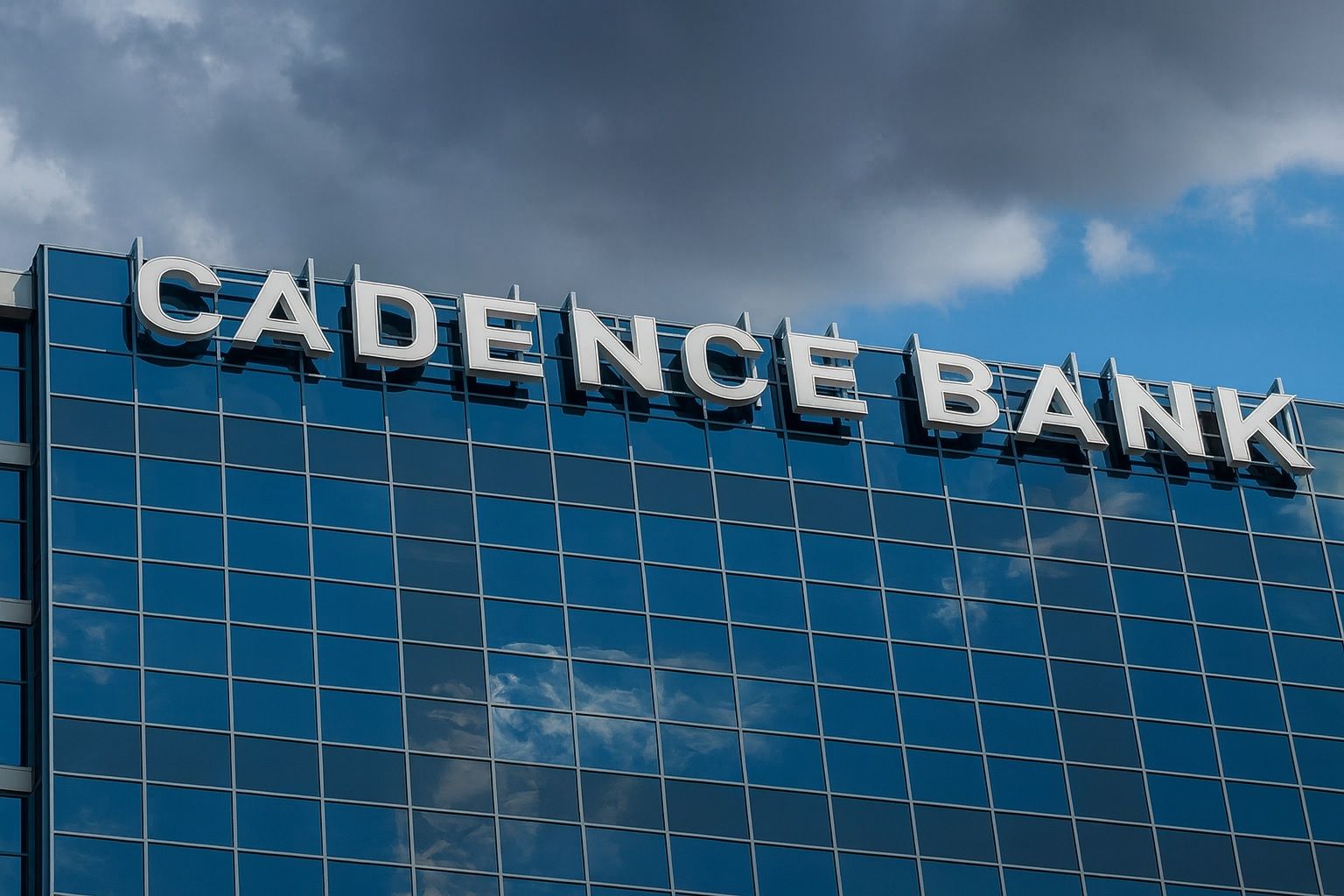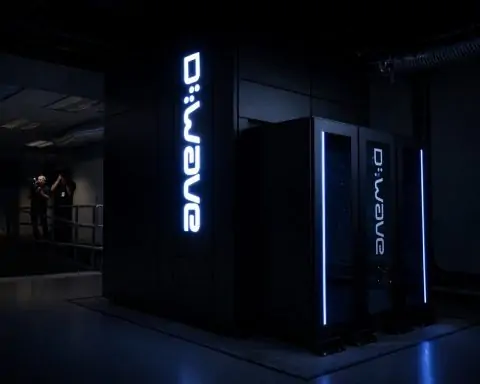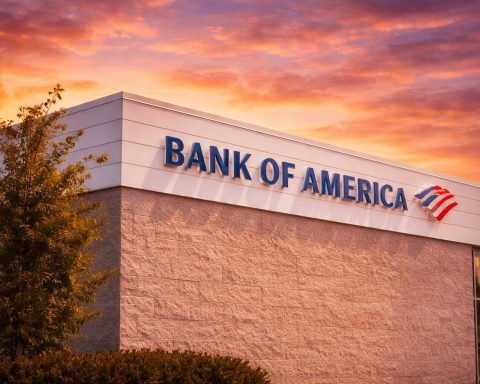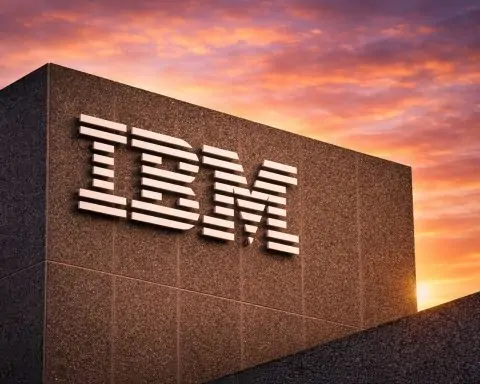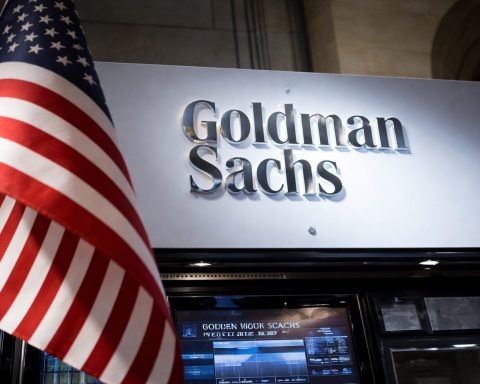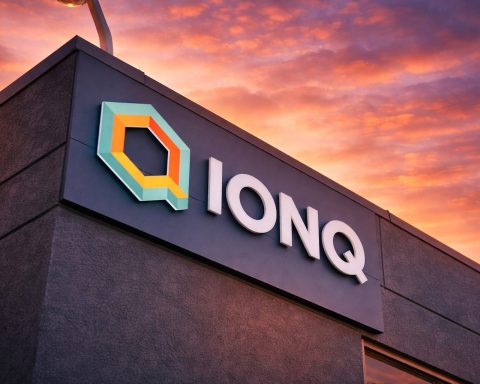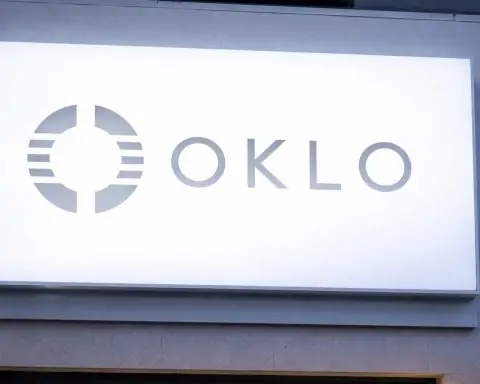- Deal terms: Huntington Bancshares (NASDAQ: HBAN) agreed to buy Cadence Bank (NYSE: CADE) in an all-stock merger. Cadence shareholders will receive 2.475 shares of HBAN for each Cadence share, implying $39.77 per share or a $7.4 billion total transaction value [1] [2].
- Combined footprint: The merger creates a top-10 U.S. regional bank with $276 billion in assets and $220 billion in deposits [3] [4]. Huntington gains Cadence’s ~390 branches across nine southern states, becoming 5th-largest by deposits in Dallas and Houston and #1 in Mississippi [5] [6].
- Leadership & strategy: Huntington’s CEO Steve Steinour hailed it as a “significant step” extending the bank’s reach to 21 states, adding high-growth markets in Texas and the Southeast [7] [8]. Cadence CEO Dan Rollins said the deal “creates lasting value” by combining Cadence’s community focus with Huntington’s size and tech [9] [10].
- Regulatory and logistics: The deal is expected to close in Q1 2026 pending approvals [11] [12]. Branch systems conversion and rebranding to “Huntington Bank” would occur in Q2 2026 [13] [14].
- Market reaction: In Monday pre-market trading (Oct 27), Huntington’s stock slid ~3–4% while Cadence jumped around 2% [15] [16]. Investors seem mixed – cautious about execution but recognizing the strategic logic.
Deal Details and Rationale
On Oct. 27, Huntington Bancshares announced it will absorb Cadence Bank in a stock-for-stock merger [17] [18]. Cadence is a $53 billion-asset regional bank based in Houston/Tupelo, with 390 branches in eight states [19] [20]. Under the deal Huntington will issue 2.475 of its shares per Cadence share. Based on HBAN’s Oct. 24 close of $16.07, the exchange price equals $39.77 per Cadence share (a ~9% premium) [21] [22]. This values Cadence at $7.4 billion in total [23] [24].
The combined bank will have about $276 billion in assets, $220 billion in deposits, and $184 billion in loans and leases [25] [26]. It will rank roughly top-10 in the U.S. by deposits. Notably, Huntington immediately becomes a major player in Texas – #5 in Dallas and Houston deposits, and among the top-ten across Texas and the South [27] [28]. The deal also gives Huntington leading position in Mississippi and strong footholds in Alabama and Arkansas [29] [30]. Huntington already closed its Veritex (Dallas) acquisition on Oct. 20, so this is a second Texas expansion in weeks [31] [32].
Huntington CEO Steve Steinour called the deal “an important next phase of growth,” saying it “extends the reach of our full franchise to 21 states… into new, high-growth markets for which we have a powerful playbook.” [33] [34]. Cadence’s James “Dan” Rollins said partnering with Huntington “will help us do even more to support those we serve” and will unlock new growth opportunities while maintaining the banks’ community focus [35] [36]. Analysts at RBC Capital Markets also praised the strategic fit: “Huntington has been on the path to expanding in Texas and the Southeast and we believe this acquisition fits nicely into that expansion strategy,” they wrote [37].
Under the merger terms Huntington expects 10% EPS accretion and “mild” regulatory capital dilution at close, with about 7% dilutive impact to tangible book value and a projected earn-back within three years including merger costs [38] [39]. Huntington has raised its internal targets: post-merger management now sees a return-on-tangible-equity (ROTCE) of 18–19% versus 16–17% previously [40]. Evercore and BofA Securities advised Huntington; Keefe, Bruyette & Woods advised Cadence [41] [42].
Market Response and Share Performance
News of the deal triggered an immediate stock response. In pre-market trading on Oct. 27, Huntington’s shares fell roughly 3–4% (reflecting investor wariness about integration risks and deal dilution), while Cadence’s stock jumped about 2% [43] [44]. (Market data showed Cadence near $36–38 pre-market versus the agreed $39.77 price, and HBAN around $15–16, down from $16.07 prior day). Trading reaction was muted relative to bigger deals, suggesting the market sees the price as fair: Cadence at a 9–10% premium to its prior close [45] [46].
The broader context is a wave of regional-bank mergers in 2025. Regulators under the current administration have signaled a lighter touch on bank M&A, and mid-sized banks are consolidating to gain scale and efficiency [47] [48]. Just weeks earlier, Fifth Third Bancorp agreed to buy Comerica (Dallas) for $10.9 billion [49] [50] – the biggest deal of 2025 so far. Huntington’s Cadence deal follows this trend of Ohio/Texas tie-ups. As Finimize notes, combining southern regional banks like this could create “one of the largest banking networks in the region,” though investors will watch closely if the promised cost savings and revenue synergies materialize [51] [52].
Financial Impact & Analyst Viewpoints
Huntington’s financials were already strong going into the deal. In mid-October it reported Q3 net income of $629 million (22% year-on-year growth, $0.41/share) – well above forecasts [53]. Healthy loan growth (about +9% YoY) and stable credit quality gave management confidence [54]. Huntington also hiked its dividend recently (yield ~4%), signaling capital strength [55]. Analysts note Huntington has beaten earnings targets in recent quarters and sees mid-teens EPS growth through year-end [56].
On valuation, street analysts remain cautiously positive. According to TipRanks, the consensus on HBAN is a “Moderate Buy” with an average price target around $20–23 [57] – implying about 25–40% upside from pre-deal levels. Huntington’s P/E is below many large banks, reflecting its smaller size, which some see as undervalued given its growth trajectory. The merger is expected to boost earnings (10% accretive) and sales of new tech-powered products (like Huntington’s Fair Play banking platform) to Cadence’s customers.
That said, there are risks and questions. Integration of large banks is complex: fintech integration, union workforces, and retention of Cadence clients will be key challenges. Some investors and lawyers are already scrutinizing the deal. For example, shareholder law firm Halper Sadeh has launched a probe asking whether Huntington’s board secured the “best possible consideration” and fully disclosed terms [58]. Regulatory approval is expected but not guaranteed until regulators and both sets of shareholders agree. And in the near term, the slight dilutive hit to book value will temper returns until synergies kick in.
What Comes Next?
Huntington expects the merger to close Q1 2026, with systems conversion in Q2 2026 when all Cadence branches rebrand as Huntington [59] [60]. In the meantime, management will focus on ironing out integration plans and gaining regulatory sign-off. Huntington’s CEO Steinour is traveling to Cadence markets, assuring communities that “Huntington is committed to local banking” [61] [62].
Investors will be watching Huntington’s next earnings (due late Jan 2026) and any updates from Cadence’s regulators. If the combined bank meets its targets, HBAN stock could rally toward analysts’ $20+ targets. Conversely, any hiccups (credit issues in Cadence’s loan book, slower tech integration, or shareholder pushback) could keep a lid on the stock.
Sources: Huntington and Cadence filings and press releases [63] [64]; Reuters coverage [65] [66]; Banking Dive industry analysis [67] [68]; Finimize and TS2.Tech market reports [69] [70]; expert commentary and stock data [71] [72].
References
1. finimize.com, 2. www.bankingdive.com, 3. www.reuters.com, 4. www.bankingdive.com, 5. www.sec.gov, 6. www.bankingdive.com, 7. www.sec.gov, 8. www.bankingdive.com, 9. www.sec.gov, 10. www.bankingdive.com, 11. finimize.com, 12. www.sec.gov, 13. www.sec.gov, 14. www.bankingdive.com, 15. finimize.com, 16. www.reuters.com, 17. finimize.com, 18. www.sec.gov, 19. www.sec.gov, 20. www.bankingdive.com, 21. finimize.com, 22. www.bankingdive.com, 23. finimize.com, 24. www.bankingdive.com, 25. www.reuters.com, 26. www.bankingdive.com, 27. www.sec.gov, 28. www.bankingdive.com, 29. www.sec.gov, 30. www.bankingdive.com, 31. www.sec.gov, 32. www.bankingdive.com, 33. www.sec.gov, 34. www.bankingdive.com, 35. www.sec.gov, 36. www.bankingdive.com, 37. www.reuters.com, 38. finimize.com, 39. www.bankingdive.com, 40. www.reuters.com, 41. www.sec.gov, 42. www.reuters.com, 43. finimize.com, 44. www.reuters.com, 45. finimize.com, 46. www.reuters.com, 47. www.reuters.com, 48. finimize.com, 49. www.reuters.com, 50. www.bankingdive.com, 51. finimize.com, 52. finimize.com, 53. ts2.tech, 54. ts2.tech, 55. ts2.tech, 56. ts2.tech, 57. ts2.tech, 58. www.globenewswire.com, 59. www.sec.gov, 60. www.bankingdive.com, 61. www.sec.gov, 62. www.bankingdive.com, 63. www.sec.gov, 64. www.bankingdive.com, 65. www.reuters.com, 66. www.reuters.com, 67. www.bankingdive.com, 68. www.bankingdive.com, 69. finimize.com, 70. ts2.tech, 71. ts2.tech, 72. www.globenewswire.com
